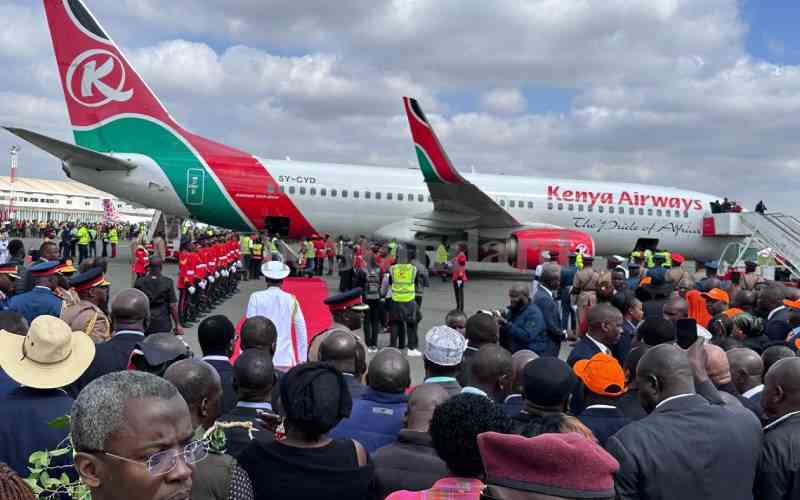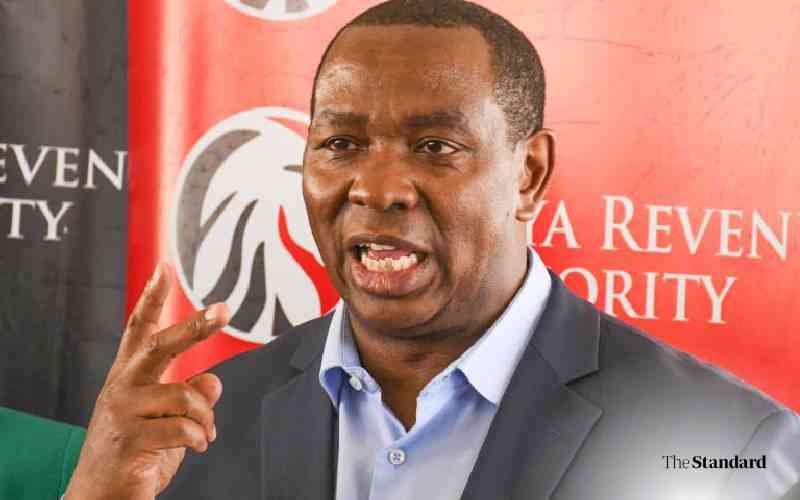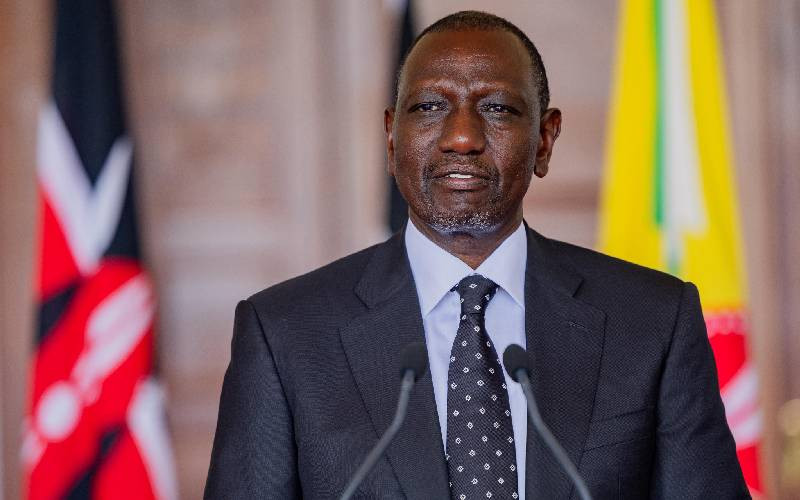×
The Standard e-Paper
Truth Without Fear

The big events of the week have been the tabling of the budget for the 2024/25 financial year and the Finance Bill 2024 at the National Assembly. By now, any patriotic citizen with at least an average sense of awareness on national matters has some idea of what the government has proposed for the next 12 months, good or bad.







